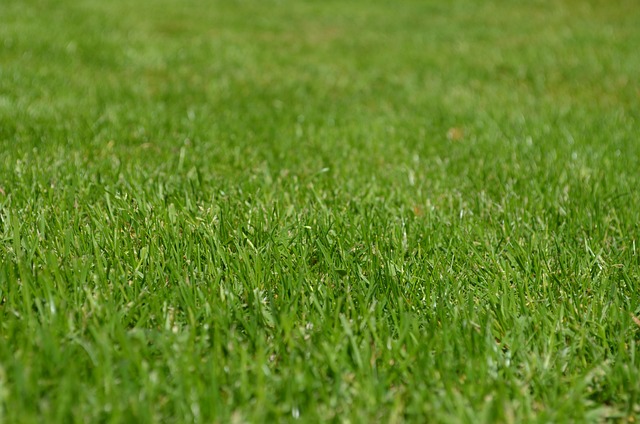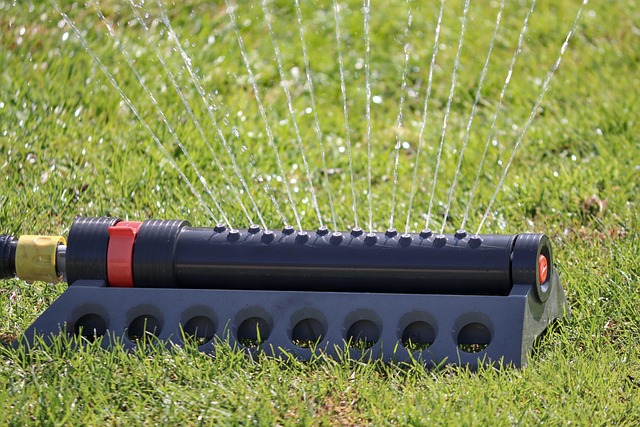Before starting any lawn care and landscaping project, assess your property's unique features, needs, and goals. Consider yard size, existing structures, slopes, shade, and nearby trees. Define whether the space is for relaxation, entertainment, or gardening. Integrate these factors to create an harmonious design that balances sustainability, beauty, and practicality, enhancing both aesthetics and functionality.
“Transform your outdoor space with expert landscaping design and implementation. This comprehensive guide takes you on a journey from understanding your unique property needs to creating a stunning, functional landscape. Learn how to assess your desires—aesthetics, functionality, sustainability—and translate them into a vision board. Discover the art of balancing form, color, and texture in lawn and garden design while selecting climate-adapted plants. From planning hardscape features to integrating water and lighting, this article covers all aspects of bringing your dream landscape to life, ensuring both beautiful and low-maintenance outdoor living.”
- Assessing Your Landscaping Needs and Goals
- – Understanding your property and its unique features
- – Defining desired outcomes: aesthetics, functionality, sustainability
Assessing Your Landscaping Needs and Goals

Before diving into the world of landscaping design, it’s crucial to assess your specific needs and goals. This step is a fundamental part of lawn care and landscaping that often gets overlooked. Start by considering the purpose of your outdoor space—is it for relaxation, entertainment, or something more practical like creating a garden? Each goal will shape the overall aesthetic and functionality of your landscape.
Next, evaluate the physical characteristics of your property. Note the size of your lawn, the layout of existing structures, and any unique features or challenges such as slopes, shade areas, or nearby trees that could impact planting options and maintenance requirements. This assessment will help you make informed decisions about how to best utilise your space for a landscape design that aligns with both your desires and the practicalities of lawn care.
– Understanding your property and its unique features

Before diving into any landscaping design, it’s crucial to understand your property’s unique features. This includes assessing the size and layout of your yard, as well as natural elements like trees, bushes, and bodies of water that already exist. Lawn care plays a significant role in enhancing these features, ensuring your grass is healthy, lush, and well-maintained.
Consider the orientation of your property and its surrounding environment too. For instance, areas with ample sunlight are ideal for growing a variety of plants and flowers, while shaded spots might be better suited for ground covers or low-maintenance shrubs. Integrating these natural characteristics into your landscaping design will create an harmonious outdoor space that complements your property’s existing features, enhancing both its aesthetic appeal and functionality.
– Defining desired outcomes: aesthetics, functionality, sustainability

When embarking on a landscaping project, defining desired outcomes is a crucial first step for any lawn care and landscaping professional or enthusiast. The landscape should serve multiple purposes, from enhancing aesthetic appeal to providing functional spaces that cater to specific needs. Aesthetics, after all, are often the initial draw, but sustainable design principles and practical functionality must also be considered to ensure the landscape not only looks good but stands the test of time and minimizes environmental impact.
Incorporating these elements requires careful planning. For instance, choosing plants native to the region can improve biodiversity while reducing water usage, a key aspect of sustainable lawn care and landscaping. Functionality might dictate the need for specific features like paths, seating areas, or play structures, each adding unique value to the landscape but requiring thoughtful design to integrate seamlessly with the overall aesthetic. Balancing these desired outcomes ensures that the final result is not only visually pleasing but also practical and environmentally responsible.
Incorporating thoughtful landscaping design goes beyond mere aesthetics; it involves a strategic approach to enhance your property’s value while fostering environmental harmony. By assessing your unique needs, defining clear goals, and prioritizing sustainability, you can transform your outdoor space into a vibrant and functional area. Whether focusing on stunning visuals, increased usability, or ecological stewardship, effective lawn care and landscaping practices create lasting positive impacts. Embrace the opportunity to cultivate a sanctuary that not only delights the senses but also contributes to a more sustainable future.
